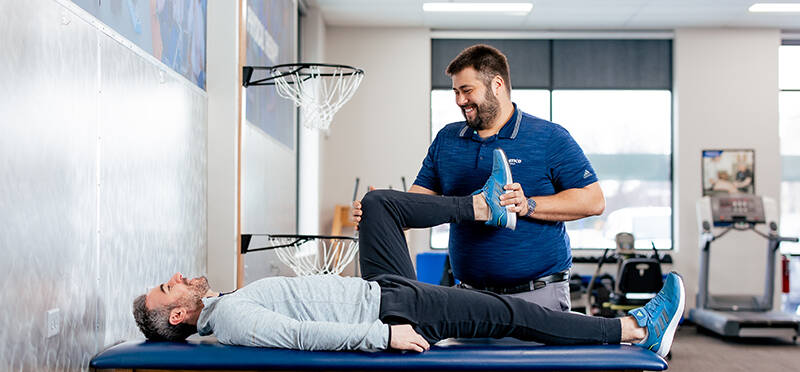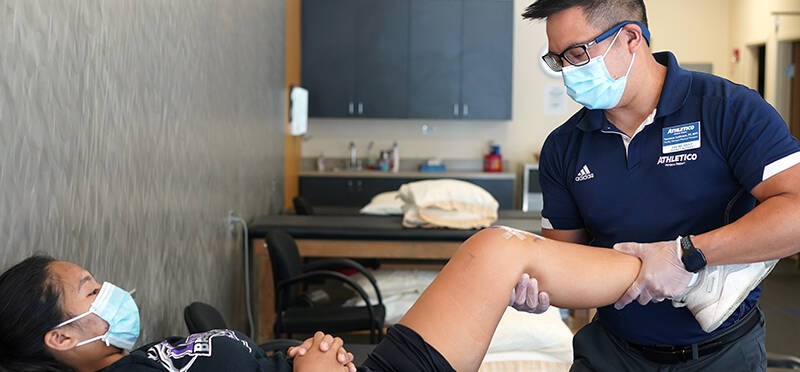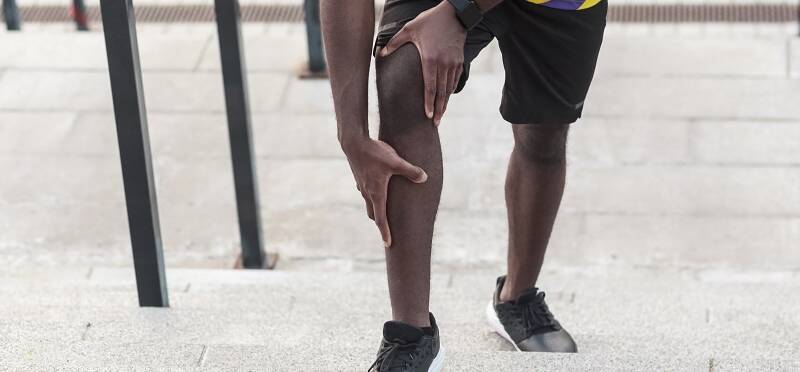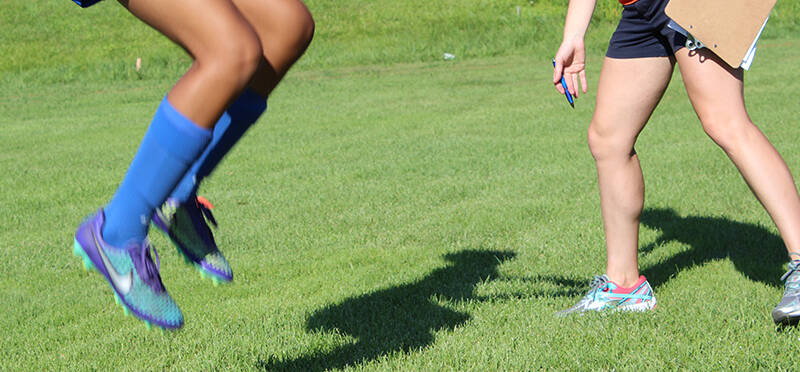5 Exercises To Decrease ACL Injury Risk
Posted on September 20, 2023 by Jake Moore, PT, DPT, OCS, CSCS, CMPT
ACL injuries are one of the most impactful injuries in sports, often taking 9-12 months before an athlete can return...
(more…)








